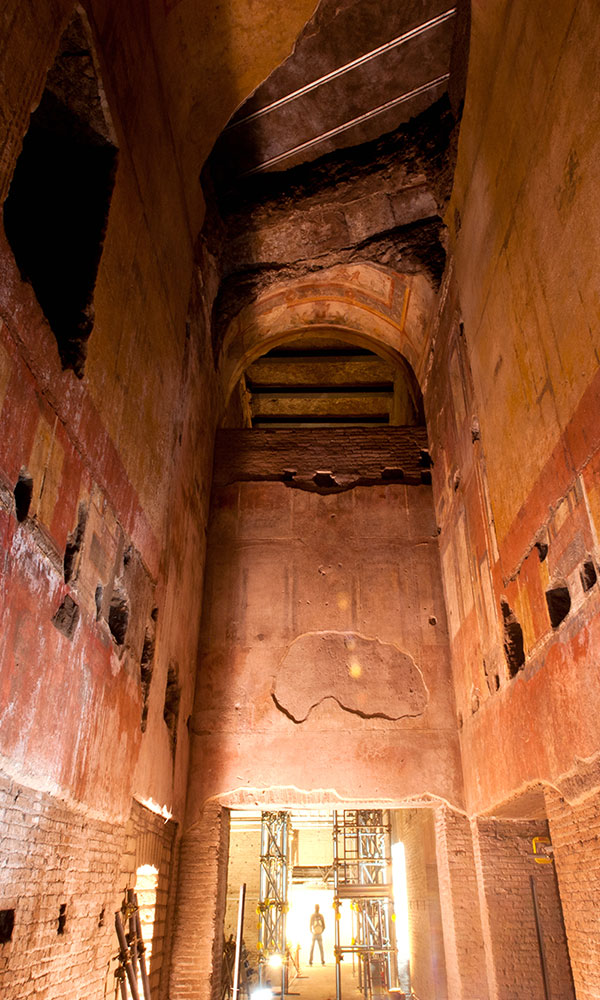SOZOPOL, BULGARIA—In 2010, archaeologists excavating the site of an early Christian monastery on St. Ivan Island, located off the coast of the Black Sea, discovered a sandstone reliquary bearing the Greek inscription, “God, save your servant Thomas (Toma). To St. John. June 24.” The date is the Christian feast day of John the Baptist, and the reliquary is thought to have been dedicated to him. Now archaeologist Kazimir Popkonstantinov has discovered the remains of two men who had been buried in a tomb to the north of the monastery’s basilica, which was built in the late fourth or early fifth century A.D. He thinks the men may have been monks from Syria who carried the reliquary to St. Ivan Island and founded the monastic community there. “We are now firmly convinced that the first monastery was not destroyed by an invasion but by this natural disaster. We and our colleagues from abroad are very impressed with the discovery. No tomb of monastery founders, one of whom probably was the Thomas (Toma), has ever been found during excavations,” Popkonstantinov told Archaeology in Bulgaria. For more on Bulgarian archaeology, go to "Thracian Treasure Chest."
Bulgaria’s Early Christian Island Monastery
News October 14, 2015
Recommended Articles
Features July/August 2023
Africa's Merchant Kings
The early Christian kingdom of Aksum was at the heart of a great maritime trading network

Features May/June 2022
Secrets of Scotland's Viking Age Hoard
A massive cache of Viking silver and Anglo-Saxon heirlooms reveals the complex political landscape of ninth-century Britain
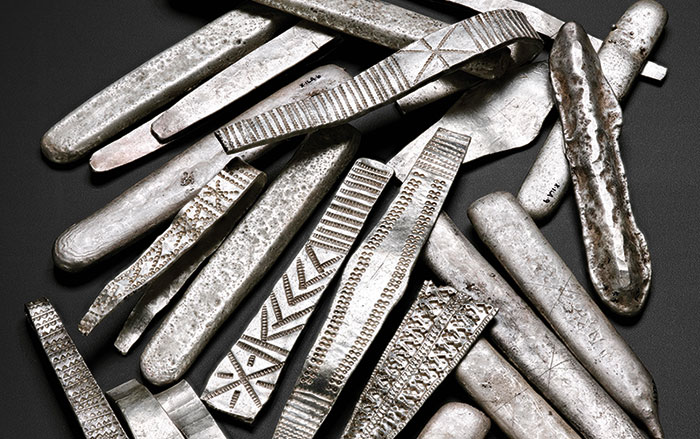
Digs & Discoveries July/August 2018
Divine Invitation

Digs & Discoveries March/April 2017
A Mix of Faiths

-
Features September/October 2015
New York's Original Seaport
Traces of the city’s earliest beginnings as an economic and trading powerhouse lie just beneath the streets of South Street Seaport
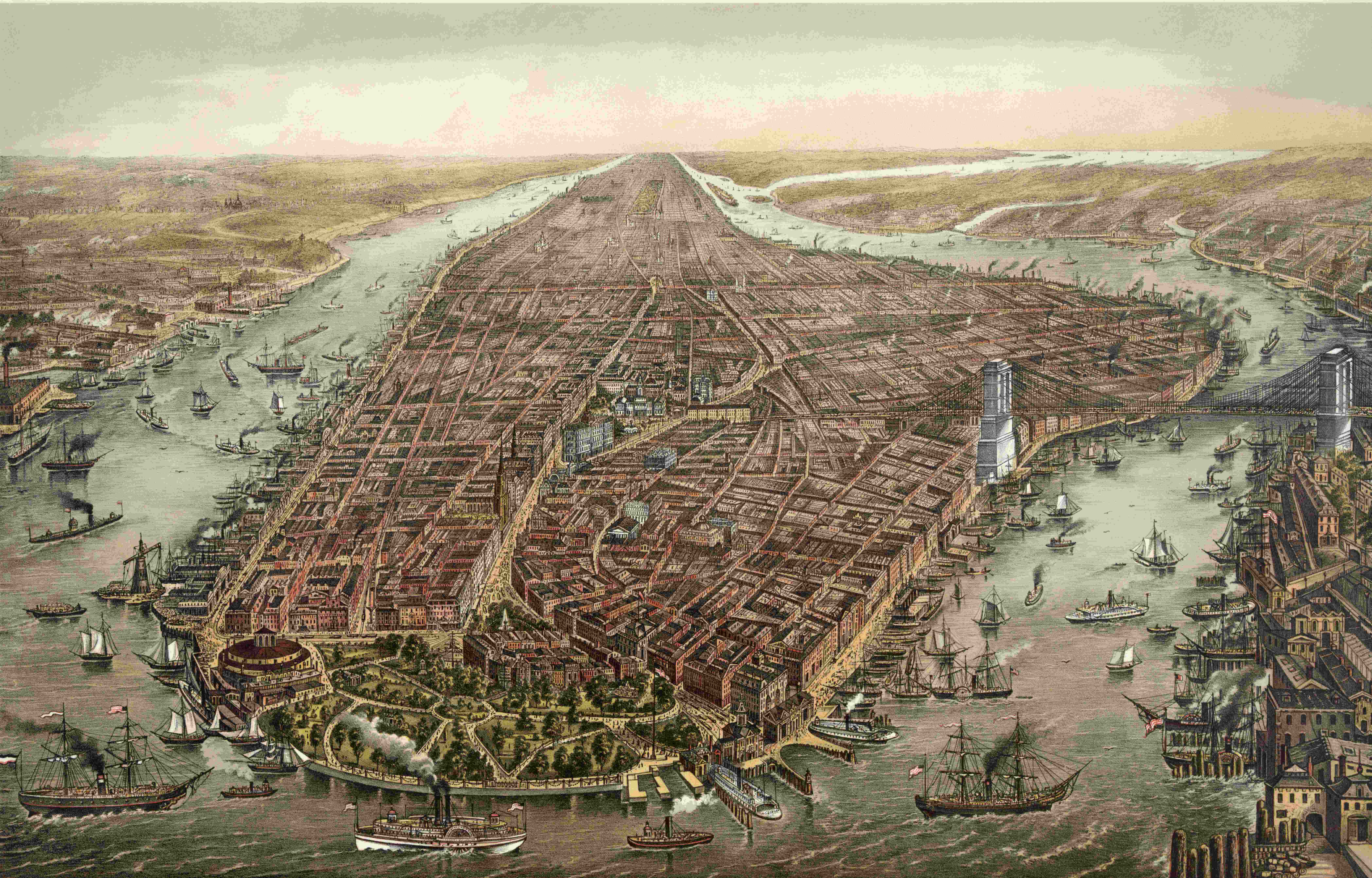 (Library of Congress)
(Library of Congress) -
Features September/October 2015
Cultural Revival
Excavations near a Yup’ik village in Alaska are helping its people reconnect with the epic stories and practices of their ancestors
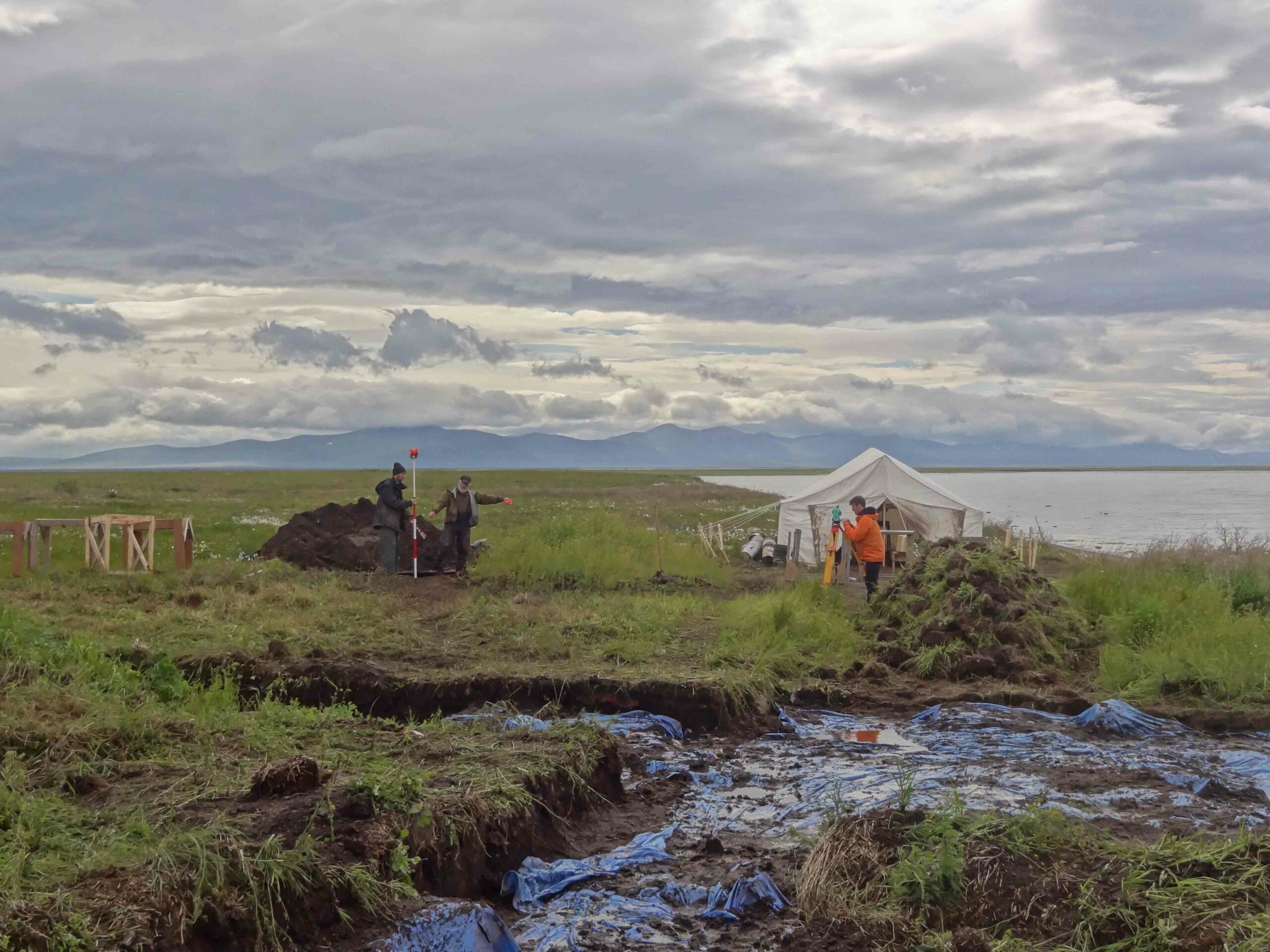 (Courtesy Charlotta Hillerdal, University of Aberdeen)
(Courtesy Charlotta Hillerdal, University of Aberdeen) -
Letter from England September/October 2015
Writing on the Church Wall
Graffiti from the Middle Ages provides insight into personal expressions of faith in medieval England

-
Artifacts September/October 2015
Corner Beam Cover
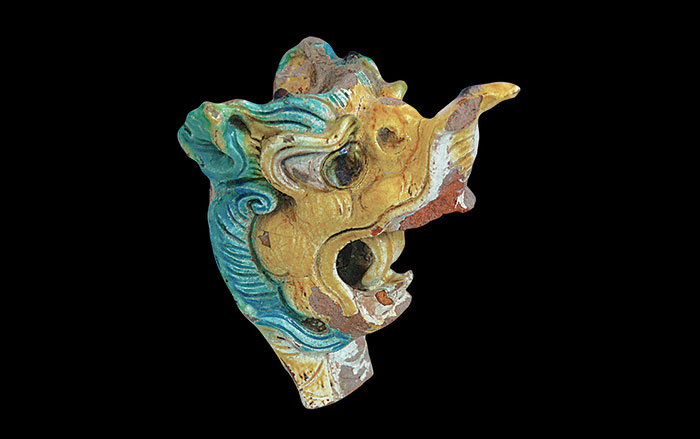 (Courtesy Chinese Cultural Relics)
(Courtesy Chinese Cultural Relics)



